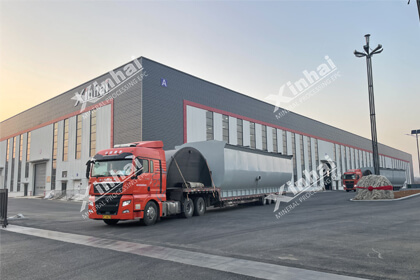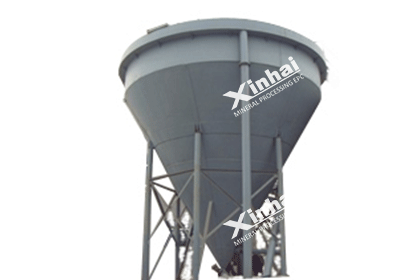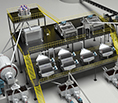How to Handle Tailings
 zeki
zeki
 Oct 31, 2025
Oct 31, 2025
 382
382
If you want to know more details about equipment, solutions, etc, please click the button below for free consultation, or leave your requirements!
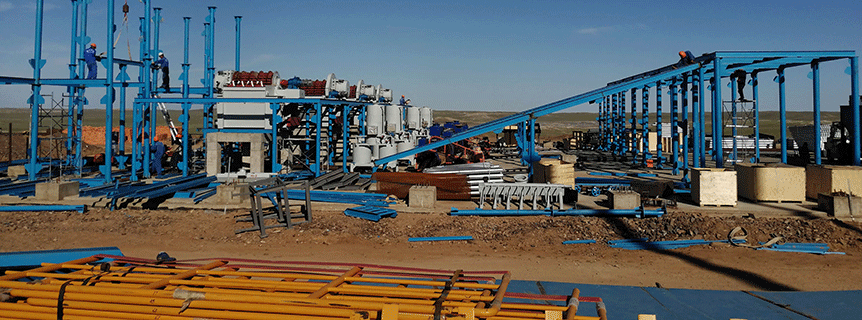
Mongolia 3500tpd iron ore tailings project
With the continuous advancement of mining development, the stockpiling volume and generation volume of tailings, as solid waste produced after mineral processing, are increasingly massive. The traditional method of tailings pond storage not only occupies large amounts of land resources but also poses serious safety and environmental risks, such as dam failures and environmental pollution (e.g., heavy metal leaching and dust dispersion). Therefore, exploring economical, efficient, and green technologies for tailings treatment and resource utilization is of great practical significance and urgency for the sustainable development of the mining industry, the protection of ecological environment security, and the promotion of a circular economy.
01 What are Tailings?
BackTailings, short for tailings sand or processing tailings, refer to the main solid waste discharged after ore undergoes a series of beneficiation processes like crushing, grinding, and separation, where the valuable components are effectively concentrated and extracted as concentrate products, and which currently hold no further economic value for separation and recovery under existing technical and economic conditions. Run-of-mine ore is processed in a concentrator through crushing and grinding to achieve the liberation of individual mineral particles (useful minerals from gangue or useless minerals). Subsequently, using methods such as flotation, gravity separation, magnetic separation, or chemical extraction, the target metals or minerals (like copper, iron, gold, rare earths, etc.) are concentrated into concentrate products for subsequent smelting. In this process, the majority of the original ore mass (typically over 80%) becomes tailings. Tailings usually exist in the form of slurry with very fine particles, containing a large amount of water, with a solid content generally between 20%-60%. Their particle size is usually much smaller than that of natural sand. Their chemical composition is highly dependent on the ore type and the beneficiation process used, primarily consisting of Primary gangue minerals, such as quartz, feldspar, calcite, etc. Trace valuable metal elements that were not fully recovered. Chemical reagents added and remaining from the beneficiation process, such as flotation reagents, depressants, extractants, etc. Potentially naturally associated heavy metal elements, such as lead, arsenic, cadmium, mercury, etc.
02 Tailings Beneficiation Process
BackTailings beneficiation, often referred to within the industry as "tailings reprocessing" or "comprehensive tailings utilization," follows a core process flow similar to primary ore beneficiation. However, due to the specific nature of the material being handled, there are unique technical considerations and methods at each stage.
The entire process can be summarized into four main stages:
Step 1: Sampling and Re-evaluation of Tailings Properties
(1) Chemical Composition Analysis
(2) Physical Property Testing
(3) Process Mineralogy Study
Setp 2: Preparation of Tailings
Collection and Transport
Thickening and Dewatering
Pulp Conditioning
Regrinding
Step 3: Separation and Concentration of Valuable Components
This is the core of the entire process. Depending on the properties of the tailings, one or a combination of beneficiation methods is employed:
(1)Flotation Method: This is the most widely used method for tailings reprocessing, particularly suitable for recovering finely disseminated sulfide minerals (like copper, lead, zinc, molybdenum) and oxide minerals.
(2)Magnetic Separation Method: Mainly used to recover minerals with magnetic properties (strongly magnetic, weakly magnetic), such as magnetite, ilmenite, manganese ore, etc.
(3)Gravity Separation Method: Utilizes the difference in specific gravity between minerals for separation, suitable for recovering heavy minerals like gold, tungsten, tin, and lead.
(4)Combined Process Flows:
Magnetic-Flotation Combination: First, use magnetic separation to recover strongly magnetic iron minerals, then use flotation to recover sulfide copper or phosphorus minerals from the non-magnetic fraction.
(5)Gravity-Flotation Combination: First, use gravity separation to pre-concentrate coarse heavy minerals, then use flotation to clean the fine fraction.
Step 4: Product Handling and Final Tailings Disposal
Concentrate Treatment: The newly separated concentrate is thickened and filtered to dewater it, forming filter cake with low moisture content (typically<15%) for easy transport and sale.
Final Tailings Disposal: The final tailings, after reprocessing, have extremely low valuable component content. They must be disposed of safely and environmentally responsibly:
Dry Stacking: Dehydrated and then stacked, which is safer.
Backfilling Mine Goafs: Used as backfill material for underground mine cavities.
Comprehensive Utilization: Attempts to use them as raw material for construction materials (e.g., brick-making, cement raw meal).
03 Importance of Tailings Beneficiation
BackTailings beneficiation, or tailings reprocessing, refers to the process of re-utilizing tailings discharged from traditional beneficiation processes as a secondary resource. Its importance is reflected in the following aspects:
(1) Activates "secondary resources," ensuring the supply of strategic resources.
(2) Extends mine service life and revitalizes existing assets.
(3) Creates direct economic benefits and opens up new profit growth avenues.
(4) Reduces tailings disposal costs, generating synergistic benefits.
(5) Reduces pollution from the source, enabling environmentally responsible mining.
(6) Practices circular economy principles, promoting green mining development.
(7) Fundamentally reduces the safety risks associated with tailings storage facilities.
(8) Promotes harmonious and sustainable development in mining areas.
04 The Future of Tailings Beneficiation
BackThe future of tailings beneficiation will see it evolve from a supplementary technology to a core pillar of the mining industry, with the central goal of achieving "zero-waste mines." In the future, reliance on artificial intelligence, new equipment, and biotechnology will enable the precise and efficient recovery of valuable components from tailings, along with the comprehensive resource utilization of the remaining materials to produce construction materials and other products, ultimately achieving near-zero discharge of waste. This is not just a technological change but also a conceptual shift, driving the mining industry's transformation from a "resource extraction" model to a "resource cycling" model of green and sustainable development, turning tailings from an environmental burden into a new source of integrated economic, environmental, and social value.
05 Conclusion
BackTailings management is a critical link in achieving sustainable development in the mining industry. Its core objective is shifting from the traditional "end-of-pipe storage" approach to "source reduction and resource utilization." Through safe storage, backfilling of mined-out areas, extraction of valuable components, and comprehensive utilization methods like producing construction materials, the ultimate goals of reduction, resourceization, and harmless treatment can be achieved. This addresses the safety and environmental risks of tailings storage facilities at their root, simultaneously transforming waste into valuable resources and promoting the development of green mining.
 +86 183 3575 8886
+86 183 3575 8886 pinklaurabao@gmail.com
pinklaurabao@gmail.com



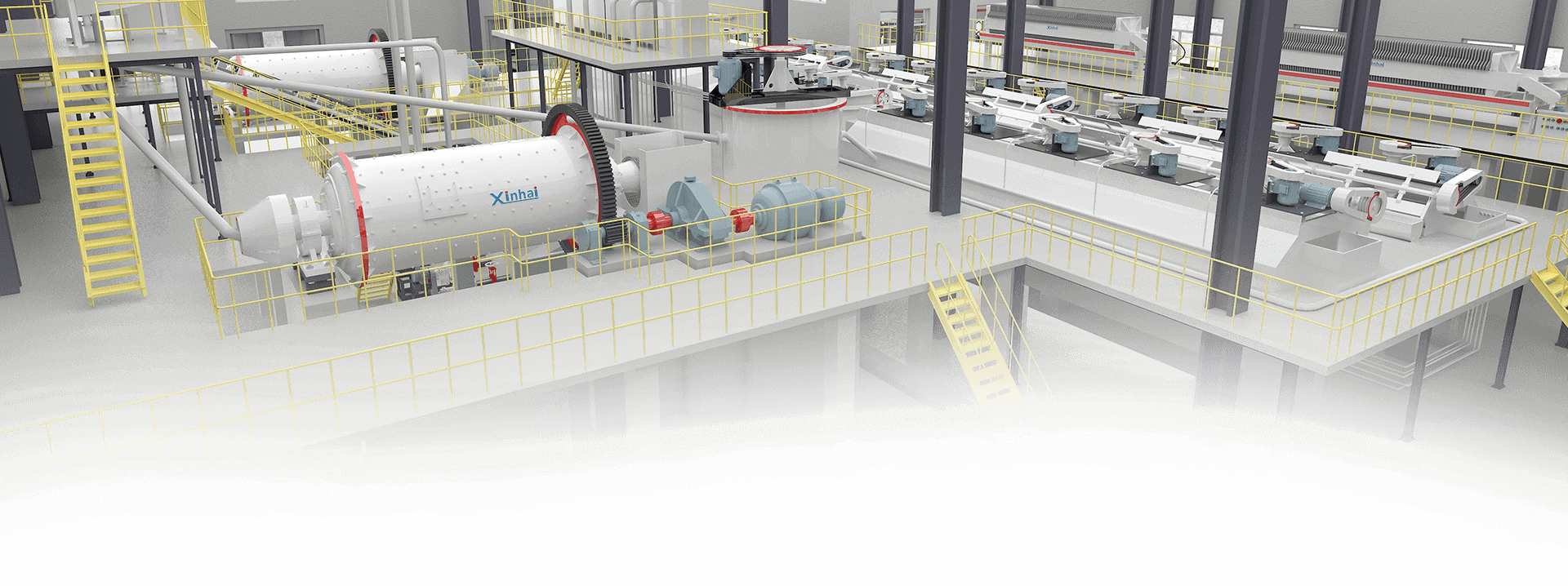
 Message
Message Chat Now
Chat Now


